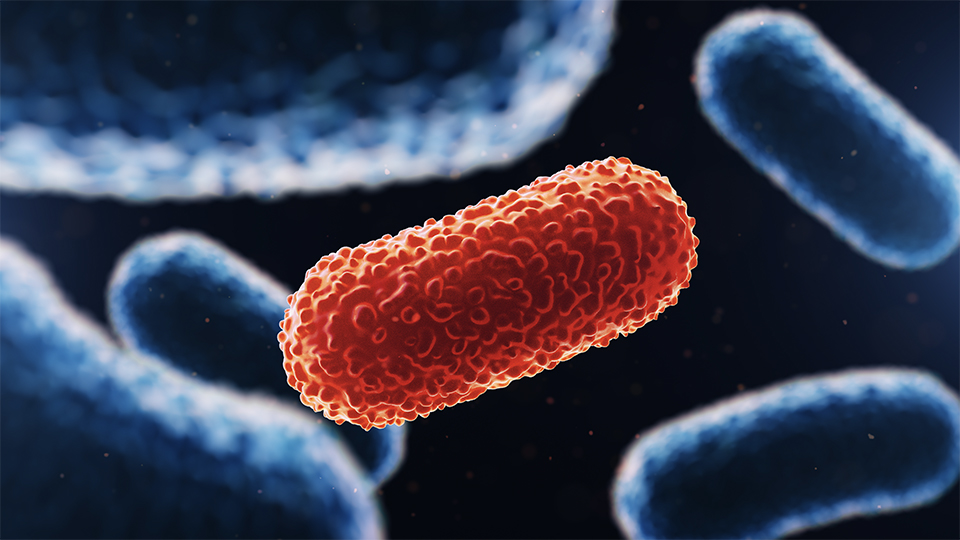Use of procalcitonin in critically ill children and neonates
DOI:
https://doi.org/10.37051/mir-00072Keywords:
procalcitonin, children, pediatric intensive care unit, procalcitonin-guided antibiotic therapy, algorithmAbstract
Procalcitonin (PCT) is a biomarker of bacterial infection (BI) increasingly used in clinical practice. In an intensive care unit (ICU), the interpretation of PCT plasma concentrations can be affected by several inflammatory situations (burns, trauma, major surgeries including cardiac surgery, massive transfusion, renal dysfunction…). A review of pediatric literature is done and focused on PCT use in three areas: diagnosing BI; ruling out BI; and guiding duration of antibiotic therapy. In critically ill children, PCT shows a moderate accuracy for BI diagnosis. The suspicion of BI must remain clinical and lead, regardless of PCT plasma concentrations, to early administration of empiric broad spectrum antibiotics, with therapy deescalation once the pathogen is identified and sensitivies established. Because its negative predictive value is high, the use of a PCT-guided algorithm seems interesting in pediatric ICU in terms of shortening total and broad spectrum antibiotics duration without increasing recurrences, using criteria such as PCT plasma concentrations <0.5 ng/mL or decreasing levels by ≥50-80% from the peak value. The algorithm has provided strong evidence of efficacy and safety among critically ill adults. However, all previously published pediatric studies were not randomised. Two pediatric randomised controlled trials are currently in progress. One is a large French multicenter study in neonatal ICUs, the other an American single-center study in pediatric ICU. The required number of patients must be large enough to validate the safety endpoint (non-inferiority regarding mortality). Finally, respecting antibiotic guidelines could decrease by itself the current duration of antibiotic therapy.


